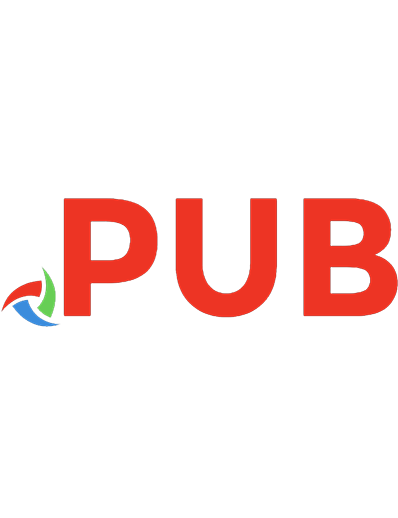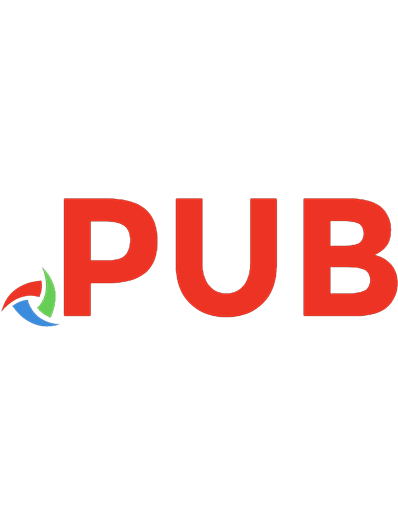Mastering HTML5: The Complete Guide to Modern Web Development
"Mastering HTML5: The Complete Guide to Modern Web Development" is a comprehensive and hands-on guide that tak
352 114 44MB
English Pages 510 Year 2023
Table of contents :
Introduction
Chapter 1: Introduction to HTML5
1.1 Understanding the Evolution of HTML
1.2 What's New in HTML5
1.3 HTML5 Syntax and Structure
1.4 Working with DOCTYPE and Character Encoding
1.5 Semantic Elements and Their Importance
Chapter 2: Essential HTML5 Elements
2.1 Text Markup and Formatting
2.2 Working with Links and Anchors
2.3 Creating Lists
2.4 Tables and Tabular Data
2.5 Working with Forms and Input Elements
2.6 Embedding Media with Audio and Video Tags
Chapter 3: HTML5 Graphics and Multimedia
3.1 Introduction to Canvas and Drawing API
3.2 Creating Interactive Graphics with SVG
3.3 Canvas and SVG
3.4 Working with Images and Image Maps
3.5 Optimizing Multimedia for Web Delivery
Preloading and Lazy Loading
Content Delivery Networks (CDNs)
3.6 Handling Responsive Images
Chapter 4: CSS3 and Styling with HTML5
4.1 Understanding CSS3 Selectors and Styling
4.2 Using CSS3 Transitions and Animations
4.3 Flexbox and Grid Layouts
4.4 CSS Resets and Normalization
4.5 Responsive Web Design with Media Queries
Chapter 5: Advanced HTML5 Techniques
5.1 Geolocation and Location-Based Services
5.2 Service Workers - Enhancing Web Applications with Offline Capabilities
5.3 Web Storage and Local Storage
5.4 Drag and Drop API
5.5 Web Workers and Multithreading
Chapter 6: Accessibility and SEO Best Practices
6.1 Semantic Markup for Accessibility
6.2 ARIA Roles and Attributes
6.3 SEO Optimization Techniques
6.4 Structured Data and Rich Snippets
Chapter 7: Integrating JavaScript with HTML5
7.1 Introduction to JavaScript
7.2 DOM Manipulation and Event Handling
7.3 HTML5 APIs and JavaScript Integration
7.4 Client-Side Data Validation
7.5 Enhancing User Experience with JavaScript
Chapter 8: Building Responsive Web Applications
8.1 Introduction to Responsive Web Design
8.2 Mobile-First Approach and Media Queries
8.3 Responsive Images and Videos
8.4 Optimizing Performance for Mobile Devices
8.5 Touch and Gesture Events
Chapter 9: Web Accessibility and Usability Testing
9.1 Evaluating Website Accessibility
9.2 Conducting Usability Testing
9.3 Implementing Accessibility Best Practices
9.4 Assistive Technologies and Screen Readers
Chapter 10: Deploying and Publishing Websites
10.1 Web Hosting and Domain Registration
10.2 Uploading Files via FTP
10.3 Website Optimization and Performance
10.4 Testing Cross-Browser Compatibility
10.5 Launching and Maintaining a Website
References and resources
Conclusion
About the Author: Abdelfattah Ragab










